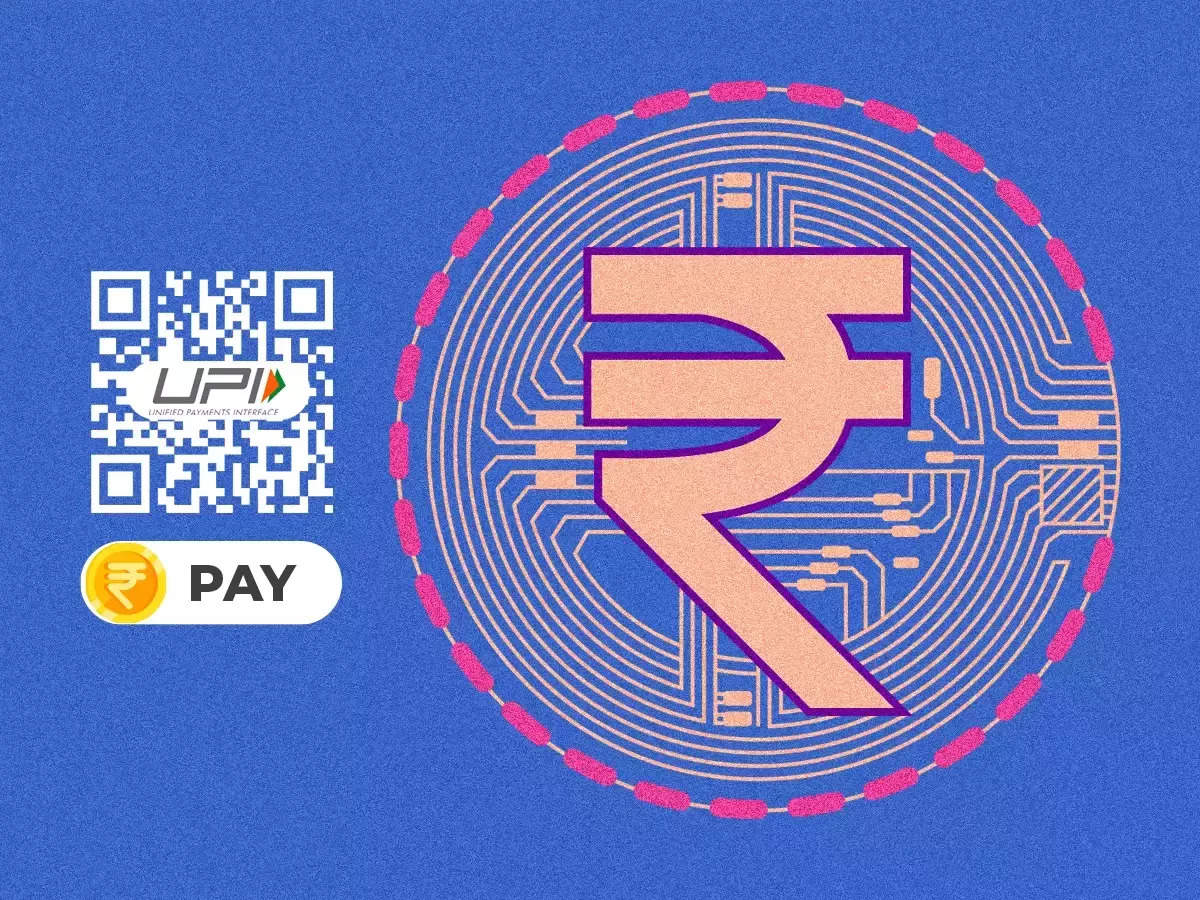
In the financial year 2024, India recorded an astounding 164 billion digital payments—a number that makes me pause and marvel at how far we’ve come. For someone who’s witnessed the banking transformation in India, this milestone isn’t just a statistic; it’s a reflection of a nation embracing change with open arms.
From pioneering the Unified Payments Interface (UPI) to embracing Central Bank Digital Currency (CBDC), the country is making waves in the financial landscape. Emerging trends like cross-border payments and the integration of artificial intelligence (AI) are further amplifying the digital revolution.
But what does this mean for the average Indian consumer, and how are banks, businesses, and the government aligning to make this transition seamless?
The Rise of CBDC: A Game-Changer
In 2023, the Reserve Bank of India (RBI) launched a pilot program for the Digital Rupee, marking a significant milestone in India’s financial ecosystem. Unlike cryptocurrencies, the CBDC is a legal tender issued and regulated by the RBI. It promises benefits like reduced dependency on physical cash, cost-effective cross-border transactions, and enhanced financial inclusion.
One of the key advantages of the CBDC is its potential to revolutionize cross-border payments. Currently, these payments are bogged down by high costs, inefficiencies, and delays. According to a 2022 McKinsey report, global cross-border payment volumes are expected to exceed $250 trillion by 2027.
With the Digital Rupee, India aims to simplify this process by offering faster settlements and reduced transaction fees, making international trade more accessible for businesses and individuals alike.
AI’s Role in Transforming Payments
Artificial intelligence is rapidly becoming the backbone of digital payment systems in India. From fraud detection to personalized customer experiences, AI is ensuring that payments are not just faster but also smarter. Leading banks like HDFC, ICICI, and SBI have deployed AI-powered chatbots to handle customer queries, detect anomalies in transactions, and offer tailored financial advice.
Additionally, AI is enhancing cybersecurity—a crucial aspect of the digital revolution. With cyber threats becoming more sophisticated, AI-driven systems can analyse patterns, detect fraudulent activities in real-time, and mitigate risks proactively. For example, banks are leveraging AI to flag unauthorized transactions within seconds, safeguarding customer funds and maintaining trust in digital ecosystems.
Role of Banks: Driving the Digital Push
India’s banking sector has been pivotal in the adoption of digital payments. Major players like HDFC Bank and ICICI Bank have been consistently innovating, launching user-friendly mobile apps, and integrating UPI and digital wallets. According to NPCI (National Payments Corporation of India), UPI recorded over 8 billion transactions in January 2025 alone, underlining its massive acceptance among consumers.
Public sector banks are not far behind. The State Bank of India (SBI) has initiated several programs to educate customers about digital payments, bridging the knowledge gap, especially in rural areas. This aligns with the government’s Digital India vision, which aims to empower every citizen with access to digital services.
Cybersecurity: A Double-Edged Sword
While the digital payment ecosystem is flourishing, it also brings cybersecurity challenges. As digital payments grow, so do the risks associated with them. Phishing attacks, data breaches, and malware have become common concerns.
To address this, both the government and private players are investing heavily in cybersecurity infrastructure. Initiatives like Cyber Surakshit Bharat and mandatory two-factor authentication are steps in the right direction. However, the onus also lies on consumers to remain vigilant, update their software regularly, and avoid sharing sensitive information online.
Educating the Consumer: The Need of the Hour
Despite the advancements, a significant portion of the Indian population remains unaware of how digital payments work. A survey by the National Payments Corporation of India (NPCI) revealed that over 40% of respondents lacked basic knowledge about secure payment practices.
Banks and fintech companies are increasingly focusing on customer education, organizing workshops, and offering tutorials through digital platforms. For instance, Paytm and PhonePe regularly roll out campaigns to educate users about UPI payments, QR code scanning, and fraud prevention.
A Revolution in Progress
India’s digital payment ecosystem is a dynamic, ever-evolving landscape. With the advent of CBDC, advancements in AI, and a robust banking framework, the country is setting benchmarks for others to follow.
However, the journey is not without its challenges. As we move forward, collaboration among stakeholders—banks, fintech companies, regulators, and consumers—will be crucial. With the right mix of innovation, education, and security, India’s digital revolution is poised to redefine how we perceive and perform financial transactions.
The future is digital, and India is leading the way.
(The author is Former Chairman of the Bombay Stock Exchange (BSE); Views expressed are personal)


